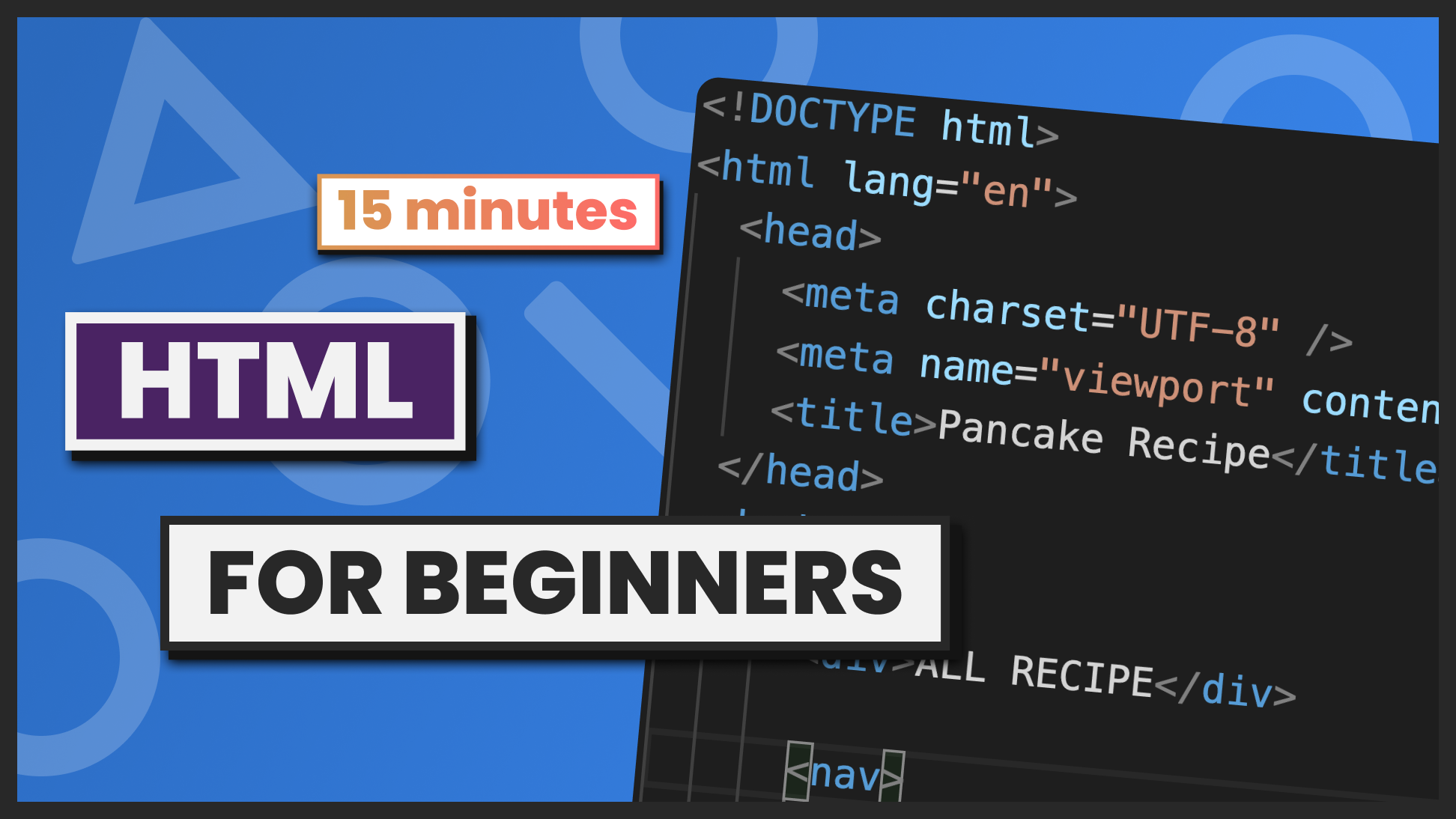Basic HTML For Beginners
Whether or not you are an amateur, needing to delve into the universe of the site design or a cultivated site administrator fast to chip away at your capacities, we have informative activities modified to your site synthesis needs.
HTML (Hypertext Markup Language) code that is utilized to structure a page and its substance. For instance, content could be organized inside a bunch of sections, a rundown of bulleted focuses, or utilizing pictures and information tables. As the title recommends, this article will provide you with an essential comprehension of HTML and its capacities.
So what is HTML?
HTML is a markup language that characterizes the design of your substance. HTML comprises a progression of components, which you use to encase or wrap various pieces of the substance to cause it to seem a specific way or act a specific way. The encasing labels can make a word or picture hyperlink to elsewhere, can stress words, can make the text style greater or more modest, etc. For instance, take the accompanying line of content:
In this part, we will show some fundamental HTML models.
You can definitely relax in the event that we use labels you have not as yet found out about.
HTML Documents
All HTML archives should begin with a report type statement: <!DOCTYPE html>.
The HTML archive itself starts with <html> and closes with </html>.
The apparent piece of the HTML report is among <body> and </body>.
Model
<!DOCTYPE html>
<html>
<body>
<h1>My First Heading</h1>
<p>My first paragraph.</p>
</body>
</html>
Life structures of an HTML archive
That wraps up the essentials of individual HTML components; however, they aren't helpful all alone. Presently we'll take a gander at how individual components are consolidated to frame a whole HTML page. How about we return to the code we put into our index.html model (which we initially met in the Dealing with documents article):
<!DOCTYPE html>
<html>
<head>
<meta charset="utf-8">
<title>My test page</title>
</head>
<body>
<img src="images/firefox-icon.png" alt="My test image">
</body>
</html>
Here, we have the accompanying:
<!DOCTYPE html> - doctype. It is an essential preface. In the mist of time, when HTML was young (around 1991/92), doctypes were planned to go about as associations with a lot of concludes that the HTML page expected to follow to be considered extraordinary HTML, which could mean modified error checking and other accommodating things. In any case, these days, they don't do a great deal and are on a very basic level, basically expected to guarantee your file acts successfully. That is all you want to know for now.
<html></html> - the <html> part. This part wraps all the substance in general page and is from time to time known as the root part.
<head></head> - the <head> part. This part goes probably as a holder for all the stuff you really want to recollect for the HTML page that isn't the substance you are appearing to your page's watchers. This joins things like watchwords and a page depiction that you want to appear in list things, CSS to the first impression our significance, character set introductions, and that is just a glimpse of something larger.
<meta charset="utf-8"> - This part sets the individual set your chronicle should use to UTF-8, which consolidates most characters from by a wide margin the vast majority of made tongues. Fundamentally, it would now have the option to manage any artistic substance you might place on it. There is no inspiration not to set this, and it can help with avoiding specific issues later on.
<title></title> - the <title> part. Thes sets the title of your page, which is the title that appears in the program tab the page is stacked in. It is also used to portray the page when you bookmark/most cherish it.
<body></body> - the <body> part. This contains all the substance that you want to show to web clients when they visit your page, whether or not that is text, pictures, accounts, games, playable soundtracks, or whatever else.
How to View HTML Source?
Have you at any point in time seen a Web page and pondered, "Hello! How could they do that?"
View HTML Source Code:
Right-click on an HTML page and select "View Page Source" (in Chrome) or "View Source" (in Edge), or comparable in a different program. This will open a window that is containing the HTML source code of the page.
Assess a HTML Element:
Right-click on a component (or a clear region) and pick "Assess" or "Investigate Element" to see what components are comprised of (you will both see the HTML and the CSS). You can likewise alter the HTML or CSS on the fly in the Element or Styles board that opens.







Leave Comments
Post a Comment
Please leave a message if you find this content very helpful